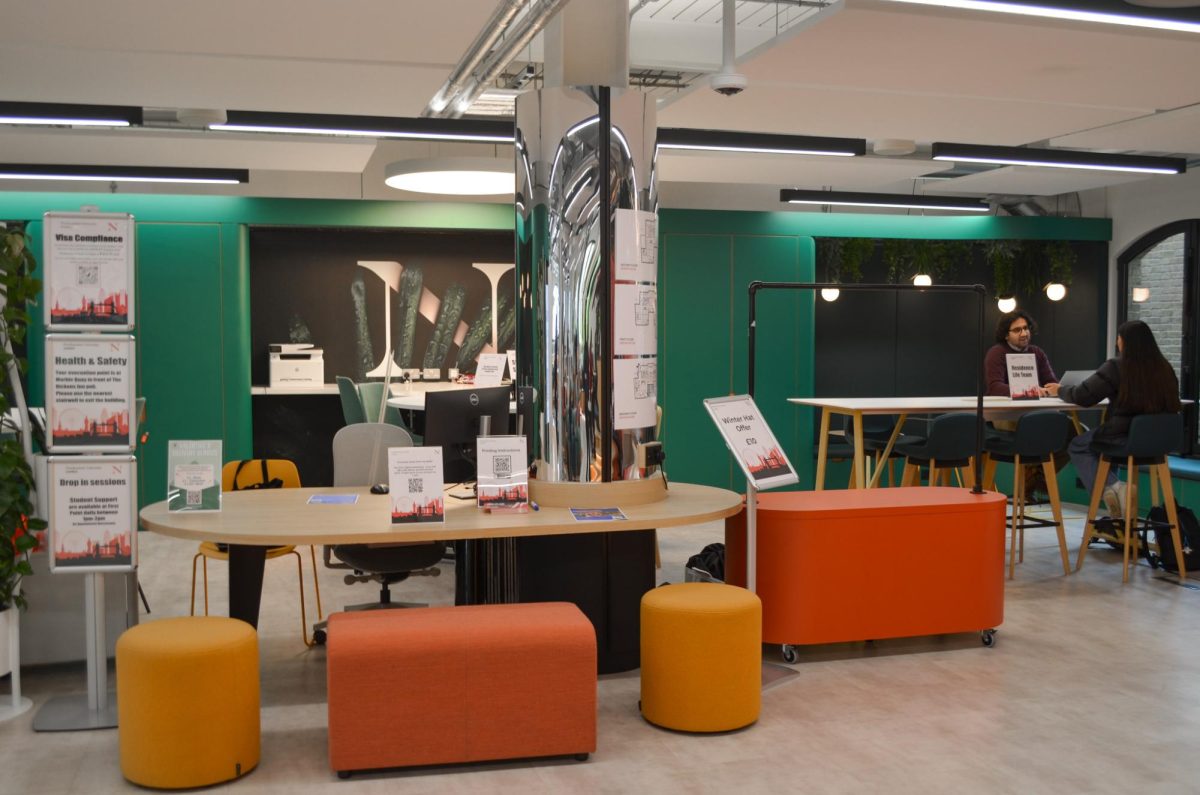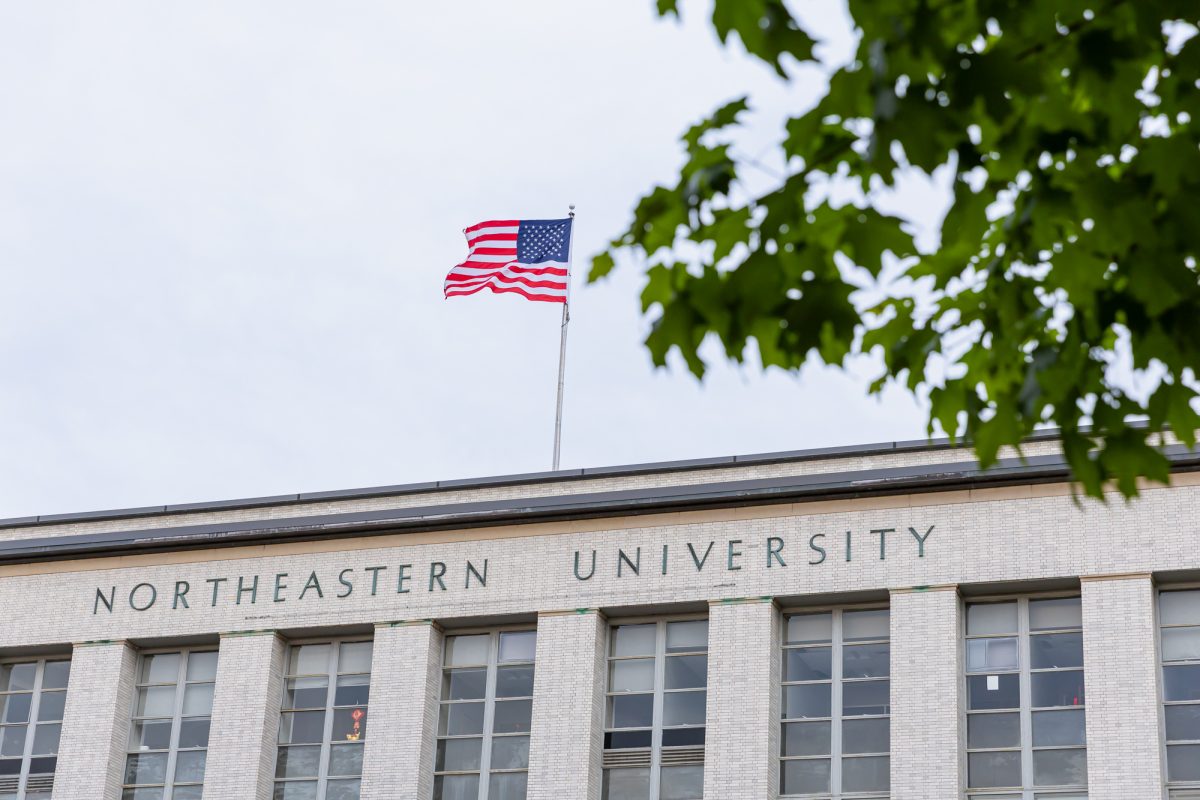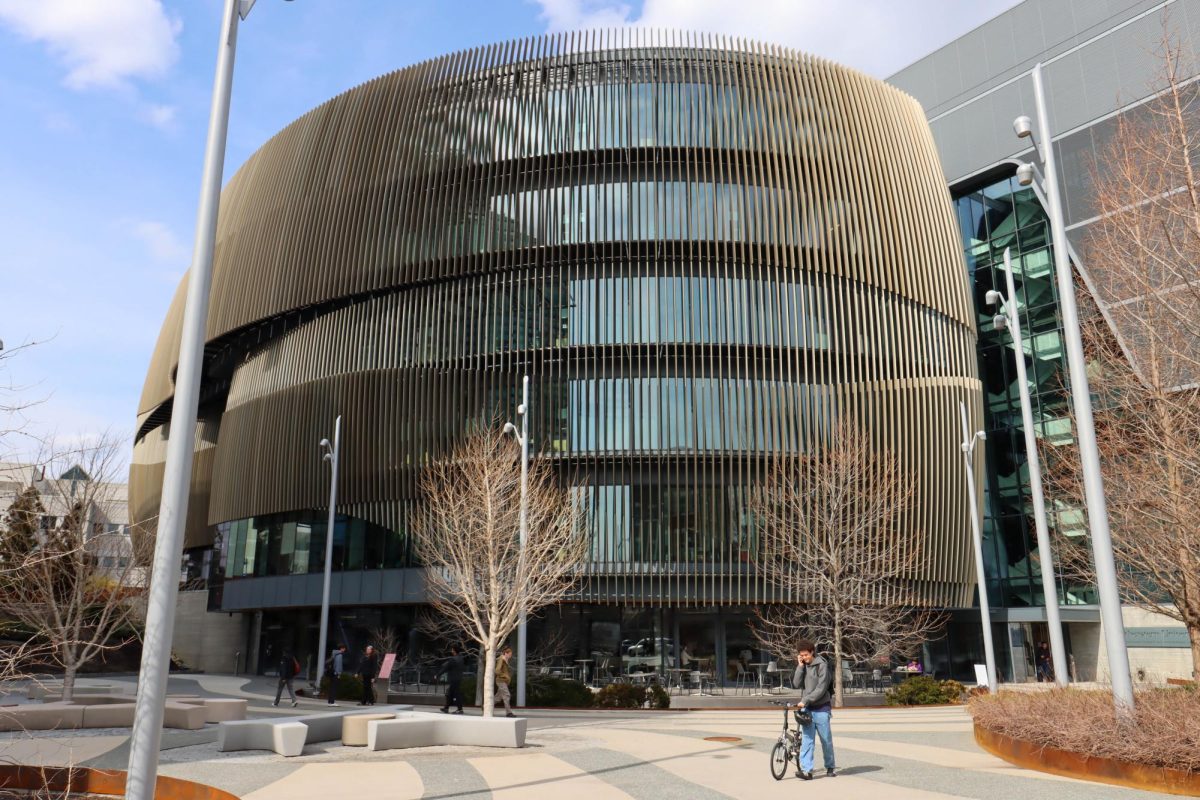Assistance is only a quick call away with the newly renovated campus emergency phones located throughout Northeastern’s campus.
The Student Government Assoc-iation began the initiative last year to renovate the “blue light phones” that provide a direct line to campus public safety.
Nicole Martino, the SGA vice president for student services, said she wanted a design that would make the blue lights clearly visible to students.
“The blue lights were not consistent throughout campus,” Martino said.
In addition to a change in design, Martino also hoped to make the phones more user-friendly. The instructions on the blue lights were rewritten to make it clearer to students how to operate the phones.
The new instructions “explain how to get an escort and how to use [the blue light phones] in an emergency,” Martino said.
Clear instructions were a main priority in the plans for renovations because, in an emergency, getting help is “a very time-sensitive matter,” Martino said.
SGA worked with the Public Safety Division, along with Student Affairs, in this effort.
The blue light phones are “going to be more visible on campus,” said James Ferrier, the associate director of Public Safety.
He said the blue bulbs located over the phones have been replaced with longer lasting bulbs that will burn brighter and longer to ensure that they are clearly visible to students walking on campus.
“SGA took an initiative to make sure that students who are involved in an emergency could call for assistance,” said Ed Klotzbier, vice president for Student Affairs.
Klotzbier stressed the importance of clearly identifiable call boxes on campus so that students “have a quick place they can grab a phone line to public safety,” he said.
Ferrier urged students to become familiar with the phones in case one is ever needed in an emergency.
“We want people to use them for assistance or even for personal use,” Ferrier said.
The phones can be used to call any campus extension for up to three minutes. The blue light phones now have the word “assistance” printed on them, assuring students that the phones can be used for situations other than an emergency.
The phones are “there for [the student’s] convenience,” Ferrier said.
The effort to renovate the blue light phones was a part of SGA’s ongoing efforts in preventing sexual assault on campus.
“Sexual assault definitely played a big part in this,” Martino said. “We’ve wanted to create something to protect students on campus.”
The blue light phones “are one of the visible signs of security on campus,” Ferrier said. “Wherever you are, you ought to be able to see a blue light.”
Some students said they don’t see the need for the blue lights on campus.
“If the situation warranted it, I would use it, but most of the time I don’t feel like there’s a need for them,” said Matt Sauro, a freshman criminal justice major. “If I ever had to call a place like that, I would just use my cell phone. Even if there was a crime happening, I would be more likely to use my cell phone than a blue light phone.”
Although the phones are “almost never used [for emergencies],” Ferrier said they give peace of mind to students walking on campus.
“[The blue light phones] are a reminder that there is a security program [at Northeastern],” Ferrier said.
He also said that as the campus expands, the blue light system will as well.
“They have become a part of the basic architectural specifications [in new buildings on campus],” Ferrier said.
At least three new phones will be added to West Campus with the addition of buildings G and H.
SGA hopes to pursue the installation of more blue lights in the future. Martino has suggested a phone near Churchill Hall; an area with less lighting that gets “very dark at night.”
“That’s definitely something SGA would like to pursue in the future,” she said.








